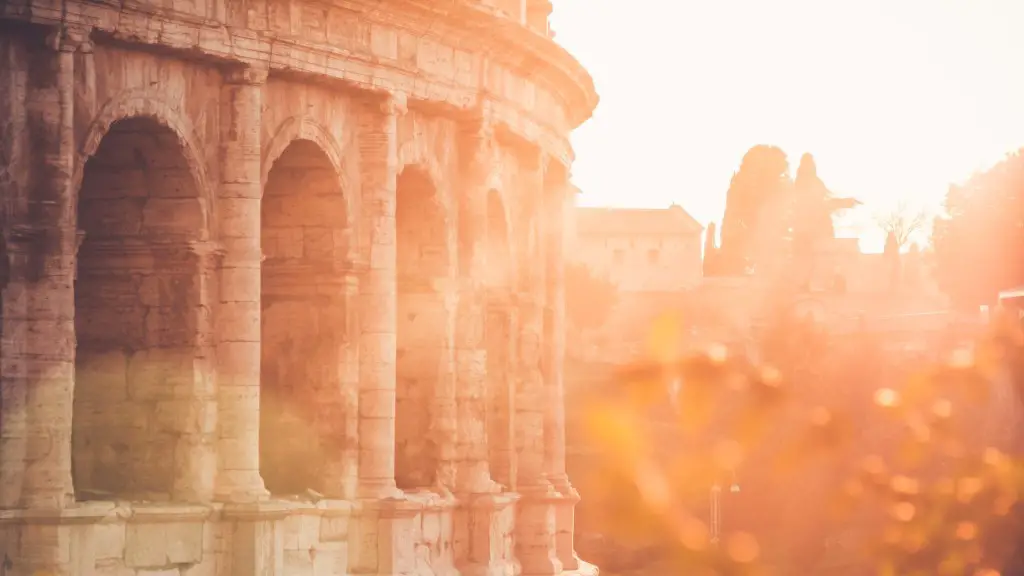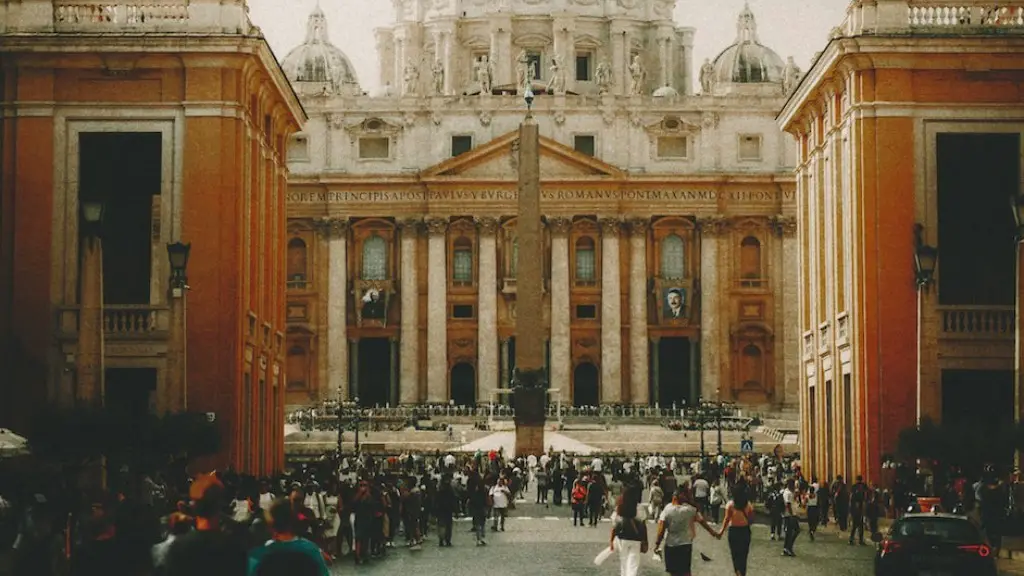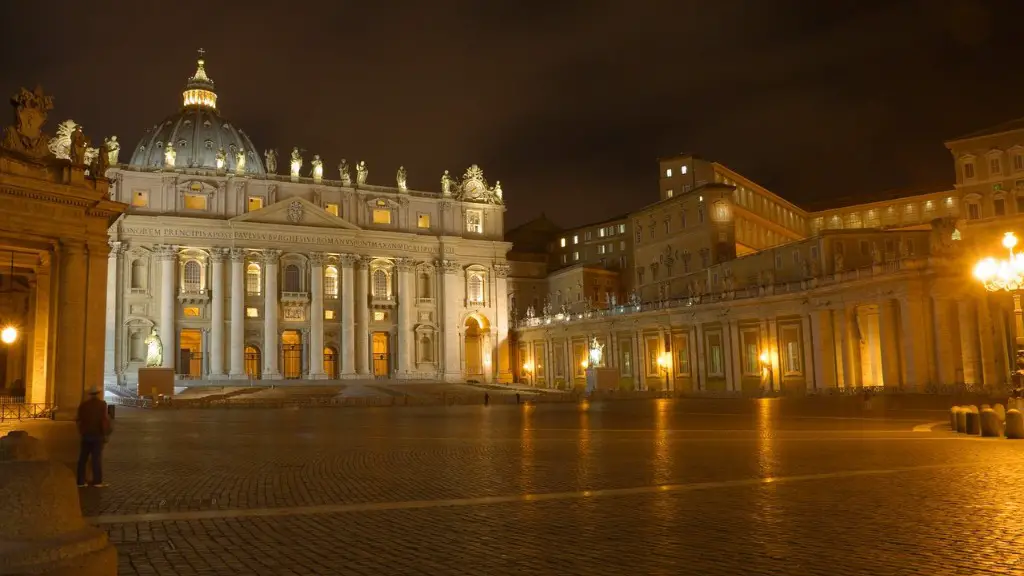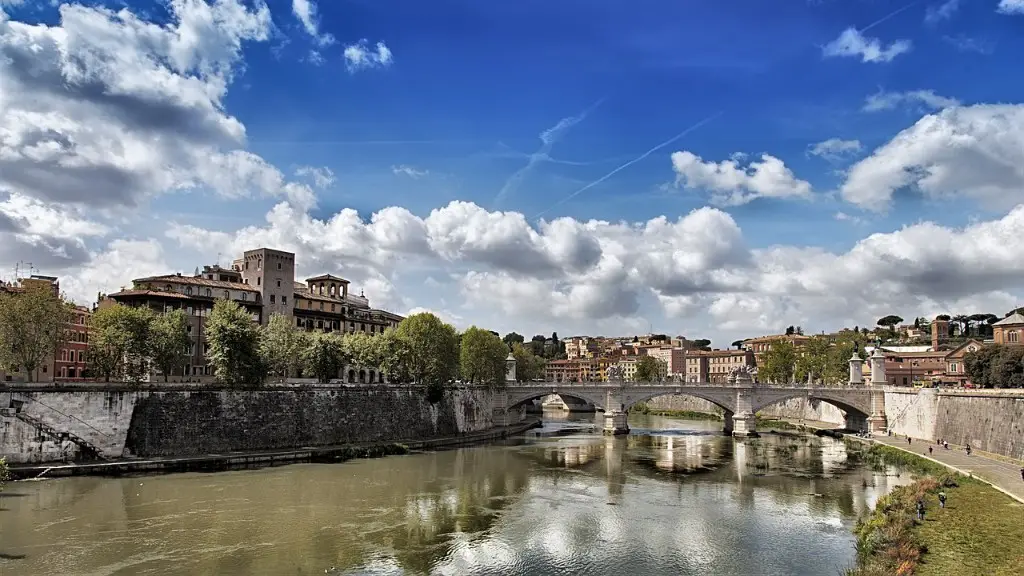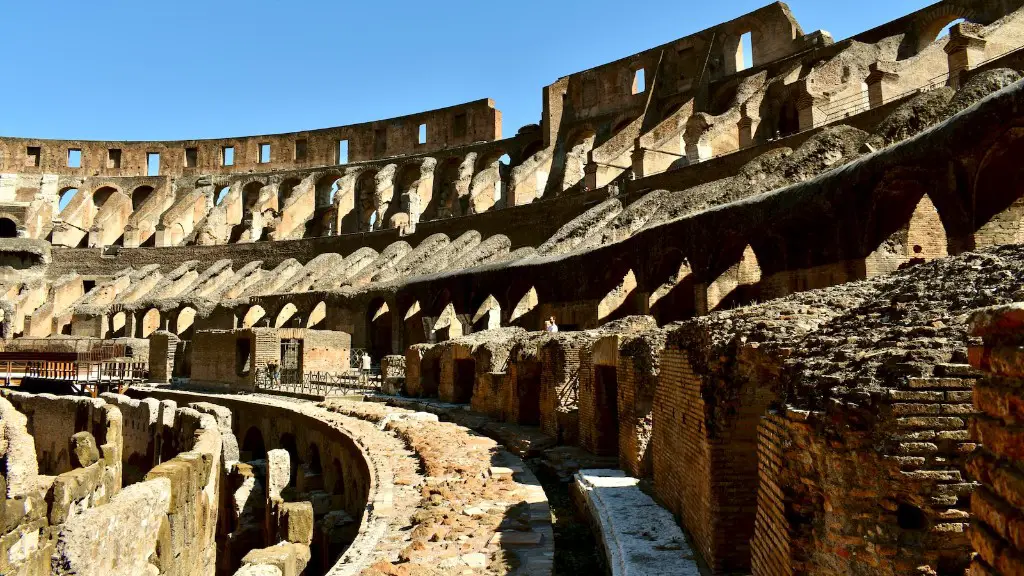In ancient Rome, there were three main social classes: the patricians, the plebeians, and slaves. The patricians were the ruling class, made up of the wealthy landowners and nobility. The plebeians were the common people, including artisans, farmers, and merchants. Slaves were the lowest class, owned by the patricians and used for labor.
The social structure of ancient Rome was based on the principle of hierarchy in which people were divided into classes according to their wealth and power. The highest class was the patrician class, followed by the plebeian class. Below the plebeian class was the slave class.
The ancient Roman social hierarchy was a system of ranking people based on their jobs and family. The emperor was at the top of the hierarchy, followed by the wealthy landowners, the common people, and the slaves (who were the lowest class). This system helped to maintain order in Roman society and keep everyone in their place.
Roman society was extremely patriarchal and hierarchical. The adult male head of a household had special legal powers and privileges that gave him jurisdiction over all the members of his family. The status of freeborn Romans was established by their ancestry, census ranking, and citizenship.
Rome was originally a republic, with power divided among various representatives. However, over time, power shifted to a centralized imperial authority, with the emperor holding the most power. This transition from republic to empire led to Rome becoming one of the most powerful empires in the world.
There is no question that the social class into which an individual was born had a major impact on his or her life in Roman society. The upper classes, for example, enjoyed a level of wealth and privilege that was simply not available to the lower classes. Senators and equestrians, in particular, wielded a great deal of power and influence.
However, it is important to note that social mobility was not unheard of in Rome. Individuals who managed to accumulate enough wealth could purchase their way into a higher social class. Additionally, some individuals were born into one class but managed to rise to a higher class through their own merits.
How was the ancient Roman family organized?
The Ancient Roman family was a complex social structure based mainly on the nuclear family, but could also include various combinations of other members, such as extended family members, household slaves, and freed slaves. The father was the head of the household and had complete control over his family. The mother was responsible for the home and the children. The children were expected to obey their parents and respect their elders. Slaves were considered property of the household and had no rights. Freed slaves were given some rights, but were still considered inferior to citizens.
The Colosseum is the most prominent example of ancient Roman architecture. It was built between 70 and 80 AD and is located in the center of Rome. The Colosseum is elliptical in shape and has 80 arches. It is made of concrete and stone and is the largest amphitheater in the world. The Colosseum was used for gladiatorial contests, public executions, and other entertainment.
Ancient Athens and Rome are two examples of the world’s first fully functioning capitalist societies. Both societies possessed diverse social hierarchies, with different levels of wealth and power. In general, the Ancient Greek society was more egalitarian than the Roman one, with less social stratification. However, both societies had a small group of wealthy elites who controlled most of the resources.
Rome’s ambitious empire-building agenda created social tensions at home. The ruling class, called the patricians, enjoyed privileges that were not available to the rest of the population, called the plebeians. The plebeians repeatedly revolted against the patricians, demanding more rights and equality. Through a series of legal and constitutional reforms, the plebeians slowly won more power and influence. By the late Republic, the two classes were largely equal in terms of political power.
Did ancient Rome have a middle class
The Roman Republic was a period of time in which Rome was governed by a group of elected officials called the Senate. The Senate was made up of noble families who controlled Rome’s military and economy. While the Senate did have some power, the Roman emperor was the ultimate authority. The emperor was often a military leader who gained power through force or by marrying into a powerful family.
During the Roman Republic, there was no middle class. The Senate was made up of the nobility, and the emperor was the ultimate authority. The Gap between the rich and the poor was filled by slaves, freedmen, and foreigners coming to Rome. These groups were not as wealthy as the Senate, but they had more power than the average citizen.
The Roman Republic was a democracy. Its government consisted of the Senate and four assemblies: the Comitia Curiata, the Comitia Centuriata, the Concilium Plebis, and the Comitia Tributa.
What was the basic unit of Roman society?
The family was the basic unit of Roman society. The father was the head of the family and had complete control over his wife, children, and slaves. This was similar to the way he owned his sword and other material possessions.
In Rome, the patrician class traditionally refers to the upper class, while the plebeian class refers to the lower class. Economic differentiation saw a small number of families accumulate most of the wealth in Rome, thus giving way to the creation of the patrician and plebeian classes.
What are the two famous structures of Rome
There is no shortage of things to see and do in Rome, but if you’re looking for some history, be sure to check out these 19 historic buildings. From the iconic Colosseum to the lesser-known Tempietto di San Pietro in Montorio, there’s something for everyone.
The Roman government was organized in a way that separated powers among different branches. This helped to ensure that no one group or individual had too much control.
What type of economy did ancient Rome have?
The Roman Empire’s economy was fought heavily on agriculture. Large landowners, agricultural workers, and small-scale farmers all depended on each other to maintain stability. This allowed for a much more equal economic playing field, where everyone had a role to play in keeping the empire going.
It is clear that the Romans did not believe that all people were created equal. This is evident from the fact that their society was heavily stratified, with some people being enslaved and lacking any power. This shows that the Romans believed that some people were born into a position of inferiority, and that they did not have the same opportunities as those who were born into a position of privilege.
Warp Up
The social structure of ancient Rome was based on the principle of hierarchy in which people were divided into classes based on their wealth and power. The highest class was the patrician class, followed by the plebeian class. The lowest class was the slave class.
Ancient Rome’s social structure was based on the principle of heredity. The upper class, consisting of the patricians, held all the power and wealth. The lower class, consisting of the plebeians, had no political power and little wealth. Slaves were at the bottom of the social structure and had no rights at all.
